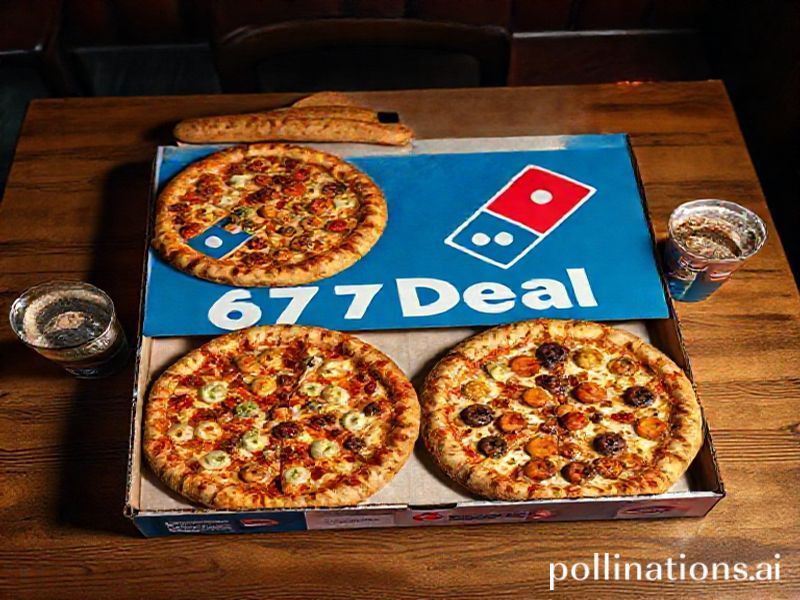Domino’s 67 Deal: The Pizza Prank That Broke the Internet (and Our Wallets)
# **Domino’s 67 Deal: The Pizza Prank That Took the World by Storm**
In the vast, chaotic landscape of the internet, trends come and go faster than you can say “viral.” But every now and then, something so absurdly brilliant captures the collective imagination that it transcends borders, languages, and even common sense. Enter the **Domino’s 67 Deal**, a meme so simple yet so powerful that it’s sparked global conversations, pranks, and even a bit of corporate panic. Let’s dive into why this pizza-themed prank has become the internet’s latest obsession.
## **The Birth of a Meme**
It all started with a seemingly innocuous tweet from a user who claimed to have discovered a secret Domino’s deal: **67 cents for any pizza.** The tweet included a screenshot of what appeared to be a Domino’s app interface, showing a pizza priced at $0.67. The post quickly gained traction, with users sharing it, tagging friends, and even attempting to order their own $0.67 pizzas.
The catch? **There is no 67 Deal.** Domino’s never offered such a promotion, and the screenshot was almost certainly a cleverly edited fake. But the internet, ever the master of turning fiction into reality, ran with it. Memes flooded social media, with users joking about their “life-changing” pizza haul and even creating fake unboxing videos of their mythical $0.67 pizzas.
## **Why Did It Go Viral?**
So, why did this particular prank capture the world’s attention? For starters, it’s **cheap, relatable, and absurd**—three ingredients that make for the perfect internet storm. Pizza is a universal comfort food, and the idea of getting it for next to nothing is irresistible. The absurdity of the deal also played a key role; the more ridiculous something is, the more likely it is to be shared.
But beyond the humor, the 67 Deal tapped into a deeper cultural phenomenon: **the power of collective belief.** The internet thrives on shared experiences, and this prank created a sense of camaraderie among users. Everyone was in on the joke, and that sense of community made it even more enjoyable.
## **The Social Impact**
The 67 Deal didn’t just stay online—it spilled into the real world. Some users attempted to order the deal in person, leading to confused Domino’s employees and even a few (brief) moments of hope before reality set in. Others used the meme as a way to critique fast food pricing, with some arguing that pizza should indeed be cheaper.
Domino’s, for its part, responded with a mix of amusement and mild exasperation. The company acknowledged the meme but made it clear that, sadly, no, you cannot get a pizza for 67 cents. Still, the brand leaned into the fun, sharing memes and engaging with users, proving that even in the face of absurdity, a little humor goes a long way.
## **What Makes This Significant?**
The 67 Deal is more than just a silly internet trend—it’s a reminder of the internet’s power to create, amplify, and even subvert reality. In a world where misinformation spreads faster than facts, this prank was a harmless, collective act of creativity. It showed that the internet can be a place of joy, absurdity, and shared laughter, even in the face of corporate giants.
Moreover, it highlighted the evolving relationship between brands and consumers. Domino’s could have ignored the meme or shut it down, but instead, it embraced it, turning a potential PR nightmare into a moment of connection. In an age where authenticity matters, that’s a lesson worth savoring—preferably with a (full-priced) pizza.
## **Conclusion**
The Domino’s 67 Deal may have been a hoax, but its impact was very real. It brought people together, sparked creativity, and reminded us that sometimes, the best things in life are free—or at least, they seem that way for a glorious 24 hours. So, the next time you see a too-good-to-be-true deal online, remember: it might just be the next big meme waiting to happen. And if it is, well, enjoy the show—and maybe grab a slice while you’re at it.







